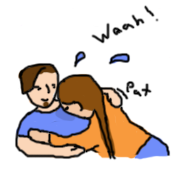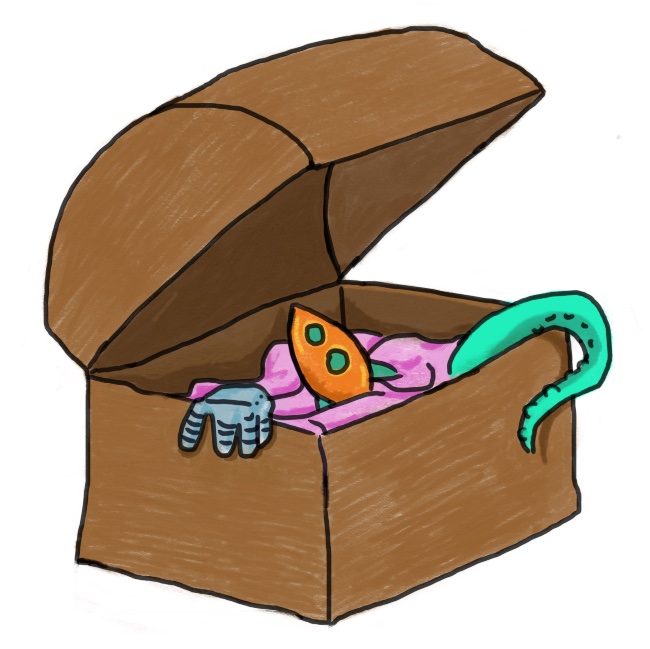It was 2002 or thereabouts. I had just heard news that the wild area across Cedar Road from my friend Becky’s house was going to be developed into a “Town square outdoor shopping area” similar to Shaker Square, but, you know, FAKE. I was kinda pissed. My friend Becky was pissed. She was already across Richmond Road from a shopping mall, two if you counted Beachwood Place, and now they wanted another instead of the nice green space?
For me, I just hated that instead of going to Shaker Square, which was on the decline, people wanted something new. It was wasteful, both of existing resources (Shaker Square) and the environment (wild areas.) It felt like the only reason to do this was to have a shopping square that was harder for poor people to access (no train, and sure enough, the bus stops for the poor workers in the shopping area are all outside of the “town square” requiring long walks.)
And then I first heard the phrase “lifestyle community.” In reference to gated communities near said mall. You were paying to live in an exclusive resort of a neighborhood … no hoi polloi. Landscaped to look like Cape Cod in northeastern Ohio.
About this time also, in my job as a help desk technician, I was dealing with the advent of subscription software. That you didn’t, necessarily, OWN Photoshop forever. Yeaaah, it was the start of what became the norm in software, but remember, we were used to buying software the way you bought a CD of music. You just up and bought a hard copy and then it was yours forever.
So I had a thought: what if your whole “lifestyle community” was a subscription? The idea stuck. I could easily imagine people paying out the nose for an apartment in a fake upscale neighborhood with curated wardrobes, books, menus. It seemed to me already people were being pigeonholed by advertising as “urban sophisticates” who lived in outer ring suburbs or “rural cottage dwellers” on East 49th, decorating themselves and their habitations as much as they could afford to meet some stereotype.
At the time, I was also struggling financially, with the very real fear that my life would “go nowhere.” I wanted to be a writer but I could barely afford my rent every month. I was working a grueling midnight to 8am shift and my “career” seemed like it would never advance from being brute labor for the university network.
I combined these two ideas and tried to write a coming-of-age story about a girl who faces the black abyss of financial ruin and has to choose between mortgaging her life to live in a fake urban community based on the sort of place I really wanted to live — an edge urban world of street-level shopping like Detroit Shoreway — or living on a landfill, eking out a living by picking recyclables out of ancient trash. This is a real life people around the world lead, and one that speaks to me as an environmentalist and class warrior — the people who live in the trash of the wealthy. Anyway, this would be the very “real” life my protagonist could have, to contrast with the manufactured one.
I had a lot of trouble with the story. Looking back now, I suspect it was that I was afraid of committing to what I wanted to say about the material. Afraid of being caught with an opinion. So I was merely presenting it. Look! Picking trash. Look! Subscription Lifestyles! Look! Being 24! But at the time, well, I just knew that the story wasn’t working.
Also around this time, my friend Tobias Buckell (name drop!) had moved to the tiny college town of Bluffton, Ohio, to work (like me) in the rewarding field of Higher Education Information Technology. This is relevant to our story because he decided to host a weekend writing workshop at the College of Bluffton. He brought in a big name editor and 6-8 participants, who each paid, I don’t remember, $150? To split between the housing costs and paying Big Name Editor. We would stay in the dorms and spend two days just working on our writing. We each sent in a short story. I chose to send “Subscription Life” because I really felt it could become something if I just knew what it was missing.
I wrote an earlier blog post about my experience at that workshop weekend. Long story short: Big Name Editor told me the problem was the story had no plot. I asked him what I should do, and he said, “I don’t know, become a poet? You can’t write fiction if you don’t understand plot intuitively.”
I was devastated. But one of the other participants pulled me aside and suggested that plot was not, in fact, something you just knew, and offered me a simple, formulaic plot. Person has a problem, tries to solve it but fails, tries to solve it and succeeds. BAM.
I re-wrote the story that night. I still wasn’t happy about the story, and it felt like I was even further from the thing I was trying to say but hadn’t articulated — however, it now had a conventional action plot. The members of the workshop were impressed I’d turned it around so fast. Big Name Editor likely never knew. (He would later buy a story from me, even!)
Years passed. I went back to that story. My first failed draft had started with the girl choosing the Lifestyle Community and ended with her choosing the trash dump. When I “installed a plot” I’d reversed this, and the “plot problem” was staying in the dump verses outside forces (a boyfriend) trying to drag her to the Lifestyle Community.
I tweaked the story a few more times, sent it out for some rejections, and eventually gave up on it.
Then, a few years ago, I decided to read through the old story drafts on my computer and I found both versions of Subscription Life. “Wow,” I said, “Actually, the ‘plotless’ draft is better.” I could see what had been missing, and it wasn’t plot. It was a moral. An opinion. (Related blog post: Say Something About It.)
I had opinions and emotions about the things I was describing, but I hadn’t put them on the page, hadn’t shown my own point of view, and so the actions, that were linked by how they affected the character’s opinions, felt unlinked without those opinions being discussed. Weirdly enough, in the story I assumed had too much stream-of-conscious, what it really needed was more of that.
Plot can be emotion. Plot almost always is, actually. I digress.
I threw out the “plot installed” version and went back to the original. I fleshed out things that weren’t explicit. I expressed ideas through new active scenes. I added a small sub-plot. And I had … something I rather liked, if a bit quiet. I wasn’t sure if it would sell, since the ideas in it — subscription lifestyles and trash recycling — now felt so old. I briefly toyed with a version that changed the story into a faux Customer Review for the lifestyle community. (That got rejected, too.)
In 2019 there was a call for stories for an anthology called “Recognizing Fascism” which was a sequel to “Resist Fascism” which was an anthology I had really enjoyed being in. (Such cool cover art!). They wanted stories about people discovering the injustice around them. I went back to “Subscription Life” and tweaked it, made the protagonist more naive, more fooled by the propaganda at first. I liked how it made her emotional journey more dynamic, but I didn’t get in to the anthology.
After 13 rejections, two personal, and one re-write request that didn’t land me the sale, I got a great opportunity. To my own joy and delight, the editor of the Dreams for a Broken World anthology contacted me to solicit a story! They wanted optimism in the face of current problems. I tried to write something new for them and failed. So I turned, close to deadline, to my trunk of completed and unsold stories. I feared they wouldn’t in a million years want this story, it wasn’t optimistic enough, so I also sent along two others I was also shopping around.
To my delight, the editor LOVED “Subscription Life” and even gushed about the premise. So you can now pre-order an anthology with a story I started writing around 20 years ago!


